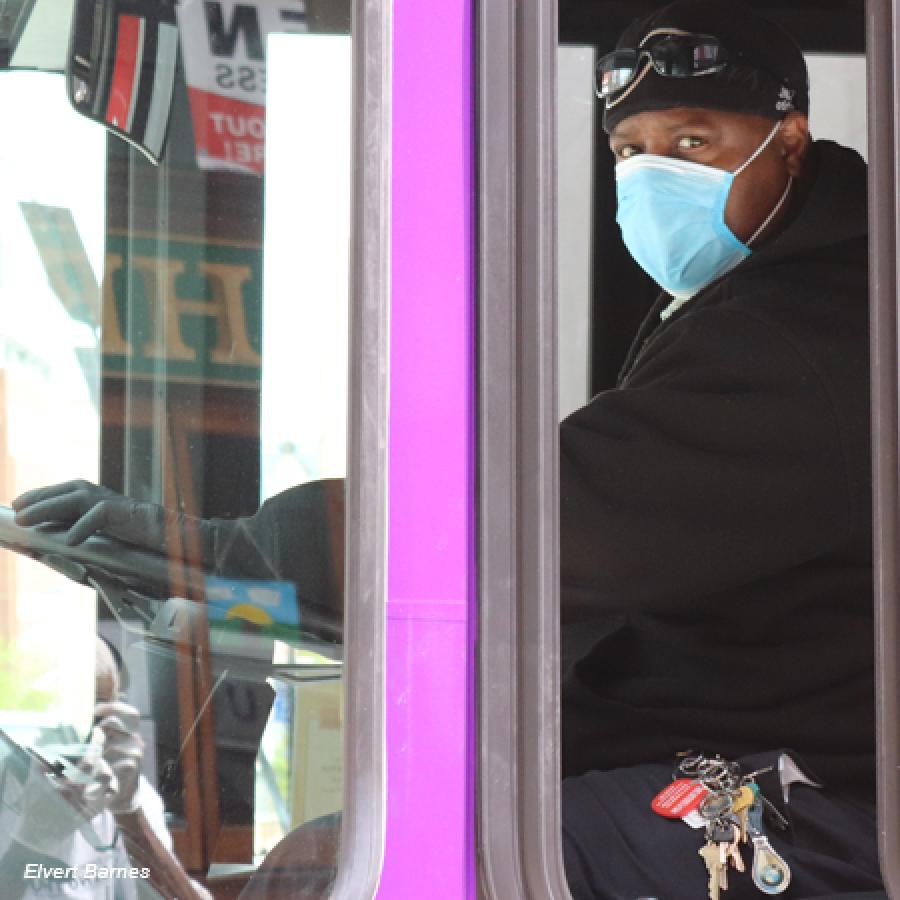Poverty: No one should experience poverty or economic insecurity.
Insights & Analyses
- People of color have experienced poverty at higher rates compared to white populations in the US from 1980 to 2022.
- In 2022, Native American and Black people had the highest share of people living below 100 percent of the poverty level.
- Across the listed poverty levels in 2022, the Native American female population had the highest share of those below the poverty level in the US, while the white male population had the lowest share.
- Across all states, Mississippi had the highest share of residents living below 200 percent of the poverty level, while New Hampshire had the lowest at 39 percent and 16 percent respectively.
Drivers of Inequity
Poverty remains high in the United States because of various trends including wage stagnation among lower paying jobs, cutbacks in social protection programs, and deindustrialization. People of color, particularly Latinx and Black Americans, continue to suffer from poverty at much higher rates than white Americans. This disparity is caused by various historical factors such as racial segregation and policies that banned people of color from accessing education and higher paid professions. Ongoing factors, like decades of disinvestment in infrastructure and social programs, discriminatory hiring practices and disparities in generational wealth, also contribute to poverty. In recent years, the financial and health impacts of the COVID-19 pandemic have exacerbated existing class disparities, even as federal safety-net stimulus programs like the expansion of the Child Tax Credit temporarily reduced child poverty in historic numbers.
Strategies
Grow an equitable economy: Policies to lift people out of poverty
- Adopt targeted local hiring policies and measures that remove barriers to employment and services, employment and services, including supports for formerly incarcerated people and people with disabilities.
- Provide affordable high-quality preschool and childcare for low-income families.
- Raise the floor on low-wage work by increasing the federal minimum wage or enacting living-wage laws, requiring paid sick days, ending wage theft, strengthening workers' rights to organize, and ensuring fair scheduling.
- Expand the Earned Income Tax Credit (EITC) and protect against predatory, high-cost financial service providers.
- Make the temporary expansion of the Child Tax Credit (CTC), which was part of Covid-19 federal stimulus spending, permanent.
- Prevent displacement, which has been shown to cause poverty, through tenant protections like just cause eviction ordinances, legal assistance, Tenant Opportunity to Purchase policies (TOPA) and Community Opportunity to Purchase policies (COPA), and rent control.
- At the federal level, institute a federal jobs guarantee, dedicate 1 percent of infrastructure investments to a fund for inclusive job and contracting supports, set aside a share of public contracts for businesses owned by people of color to mirror area demographics, and ensure that recently incarcerated people receive essential identification documents to support job attainment.
Strategy in Action
The Georgia Resilience & Opportunity Fund (GRO Fund) is piloting a guaranteed income program for low-income women. The In Her Hands initiative seeks to remedy financial insecurity by providing cash directly to over 920 women in four Georgia communities: neighborhoods in and around Atlanta, and a cluster of smaller counties in Southwest Georgia. Funded by individual donors, In Her Hands provides each participant with an average of $1,000 per month for 2-3 years. According to the GRO Fund, many Black women in Georgia face particularly steep challenges around covering basic needs. In piloting the program, the GRO Fund seeks to demonstrate the effectiveness of guaranteed income programs in remedying poverty, as opposed to existing social safety nets that can create bureaucratic obstacles or extensive eligibility restrictions for people in need. Within the first year of the program, participants reported fewer financial hardships, an increase in short- and long-term savings, as well as a decrease in evictions and missed housing payments. Moreover, the program offers the chance to debunk prevailing narratives that attribute poverty among Black women to matters of individual choice, not structural discrimination and historical exclusion. Read more.
Resources
- Reports: Causes of Wage Stagnation; Building Shared Prosperity in America’s Cities; To reduce child poverty, increase EITC participation; Amid Rising Household Costs, Black, Non-Hispanic Women and Latinas Continue to Face Economic Fallout from the Pandemic; Child Tax Credit expansions were instrumental in reducing poverty rates to historic lows in 2021; Guaranteed Income Pilots Dashboard
- Data: Opportunity Insights Economic Tracker (Low-Income Earnings); State of Working America; Living Wage Calculator; KIDS COUNT; The Self Sufficiency Standard





